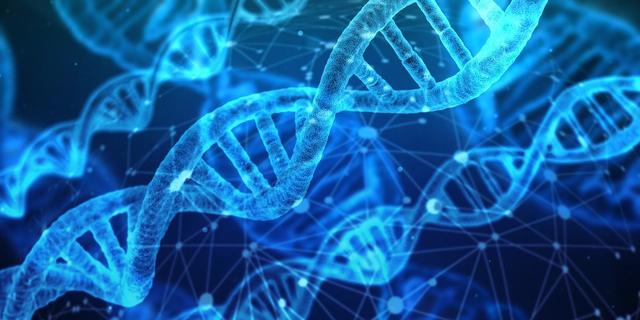An international team of researchers claims to have sequenced the entire human genome, including the missing parts from the sequencing that took place two decades ago, writes statnews.com.
If the statement is confirmed, then it surpasses the achievements presented by the leaders of the Human Genome Project and Celera Genomic, in the courtyard of the White House, in the year 2000, when they announced the first sequencing of the human genome. Sequencing since then has missed about 8% of the genome.
The new sequencing covers the missing parts with the help of new technologies. On the other hand, the researchers faced various limitations, including the type of cell line they used to accelerate their effort.
“You're trying to dig deep into this final unknown of the human genome. It's never happened in the past, and the reason it hasn't happened is because it's difficult," said Karen Miga, a researcher at the University of California, Santa Cruz. This led the international consortium that succeeded in sequencing.
Karen Miga also stated that she does not consider the announcement to be official until the results are published in a medical journal.

The new genome is a big leap forward. This was made possible by the use of new DNA sequencing technologies developed by two private sector companies: Pacific Biosciences of Menlo Park, California, and Oxford Nanopore, of Oxford Science Park, UK.
The DNA reading technologies developed by these two companies have specific advantages over tools that have long been considered researchers' gold standards.
The deputy director general of the European Molecular Biology Laboratory, Ewan Birney, called the result "a technical tour de force". The original sequencing project, from 2000, was carefully worded because it did not sequence every DNA molecule from end to end. "What this group did was demonstrate that they can do this completely," with big implications for future research, Birney said.
George Church, a biologist at Harvard and a sequencing pioneer, called the research team's achievement "very important." Church added that he likes to mention in his talks that until now no one has sequenced the entire genome of a vertebrate — something that will no longer be true if the paper is confirmed.
However, there is one important question that remains unanswered: How important are these missing pieces of the human puzzle?
The consortium of researchers said the number of DNA bases increased from 2.92 billion to 3.05 billion, an increase of 4.5 percent. On the other hand, the number of genes increased by only 0.4% to 19,969. That doesn't mean the researchers' findings couldn't also lead to new insights, including those related to how genes are regulated, they pointed out.
The DNA sequence used does not come from a person, but from a hydatidiform mole (molar pregnancy).
The hydatidiform mole is caused by an imbalance of the genetic material during pregnancy. This happens when a sperm fertilizes an egg without a nucleus, meaning the molar pregnancy will contain 23 chromosomes, like a sperm or egg, instead of 46.
The researchers chose these cells, kept in a laboratory, because they simplified the DNA sequencing process.
The original draft genome also contained only 23 chromosomes, but as DNA sequencing technologies became cheaper and simpler, researchers tended to sequence all 46 chromosomes.
